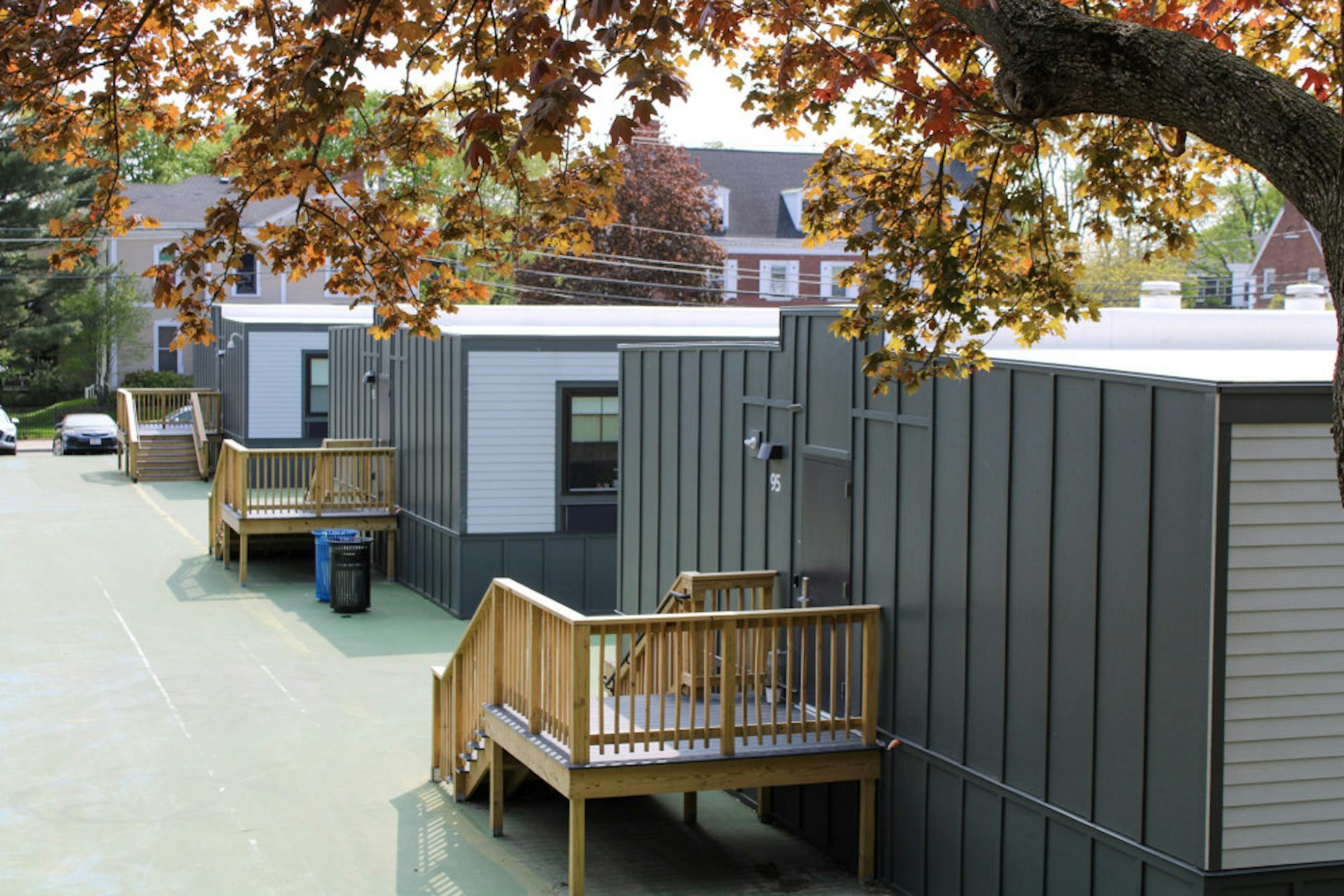As Tufts continues to increase its enrollment numbers, some students have faced unexpected — and unwanted — results with the housing lottery system. While first-year students are assigned dorms late in the summer, returning students seeking on-campus housing must enter a random drawing.
Angy Sosa, associate director for residential operations, explained the origin of the system and Tufts’ reasons for utilizing the lottery.
“We have been using the lottery system for on-campus housing selection since before I arrived in 2018. Lottery numbers are randomly assigned to students who submit housing applications by the deadline to allow equal access to on-campus residences within their class year,” Sosa wrote in an email to the Daily. “Lottery processes, being randomized for all students, make the process as fair as we are able to given the breakdown of the student population as well as the differences in the types of spaces available on campus.”
Rising sophomores received lottery numbers from 1,000–3,000 with lower numbers indicating a higher priority time slot to pick housing. When first-year combined degree student Gaby Jacobs-Alarcón entered the housing portal with No. 2,538, she knew her number was high but had no idea that options outside of the dorms listed on the sophomore housing webpage would end up being her only choice.
“We wanted to get into Lewis but couldn’t even get into there,” she said. “Everything was gone by the time we had to pick, except for [The Court] and 32 Dearborn Road.”
Despite knowing little about the address, Jacobs-Alarcón and her roommate only had five minutes to decide — so they went with a room in 32 Dearborn.
Jacobs-Alarcón learned after signing her housing contract, however, that her housing choice would cost her family more money than a traditional dorm due to its setup as a stand-alone house.
“We were not aware [of the cost] until after, because we were so set on just getting the room because we were afraid time would run out,” she said.
First-year Winnie Stach found herself in a similar situation to Jacobs-Alarcón when it came time to search for housing. Stach, whose lottery number was 2,974, first attempted to form a suite group with some friends, but when the plan fell through, she was left with few options.
Rather than the usual housing choices available to continuing students, Stach was left to choose The Court, a residency community that has typically held first-years rather than sophomores.
The Court at Professors Row, which was constructed in 2022, consists of three modular buildings that house 50 students each. The residences were added in order to create more housing as Tufts expands its incoming student class sizes.
Patrick Collins, executive director of media relations, said the university is midway through a plan to manage the growth of its student body. According to Collins, by 2026 the university will house around 6,600 full-time students on its Medford/Somerville, Fenway and Tufts abroad campuses.
“The actual number of full-time students will vary from year to year due to unpredictable forces, such as the number of people who actually enroll after being admitted, the number of students choosing to study abroad, or the number of students who choose to take gap years or leaves of absence, among others,” Collins wrote in an email to the Daily. “We are continuing to focus on our ongoing priority of adding more beds and building or renovating more residential spaces on campus.”
Additionally, Collins revealed that Blakeley Hall, which is currently used to house Fletcher School students, will be converted to an undergraduate dorm with more than 100 beds.
“We continue to require all first- and second-year students to reside in university housing while continuing to grow the number of third- and fourth-year students who live on campus,” Collins said.
Sosa explained that Tufts gives more individualized attention to students who are unable to find housing.
“Each year, there are a small number of students who still need to be placed in housing or did not select housing through the room selection process,” Sosa wrote. “Since sophomore students are required to live on campus, we work with them individually to identify a space based on their preferences. … This process runs concurrently with our waitlist of juniors and seniors who may still want to live on campus for the fall based on their individual needs.”
Sosa also mentioned that the university has slightly changed its approach to offering housing for juniors and seniors, who are not guaranteed housing on campus.
“The number of juniors and seniors applying for on-campus housing varies from year to year based on factors such as choosing to live off-campus or study abroad. This year, we changed our process to allow juniors and seniors to select on-campus housing in the fall—a suggestion that came from members of the TCU senate,” Sosa wrote.
The goal of this is to allow more time for the Office of Residential Life and Learning to accommodate students who have not found housing.
“Moving the process earlier gives students more time to consider alternative housing and manage the off-campus housing process,” Sosa wrote. “Additionally, with this earlier timeline, the Office of Residential Life and Learning is able to reach out to waitlisted students earlier so students know their housing status sooner and can plan accordingly.”






